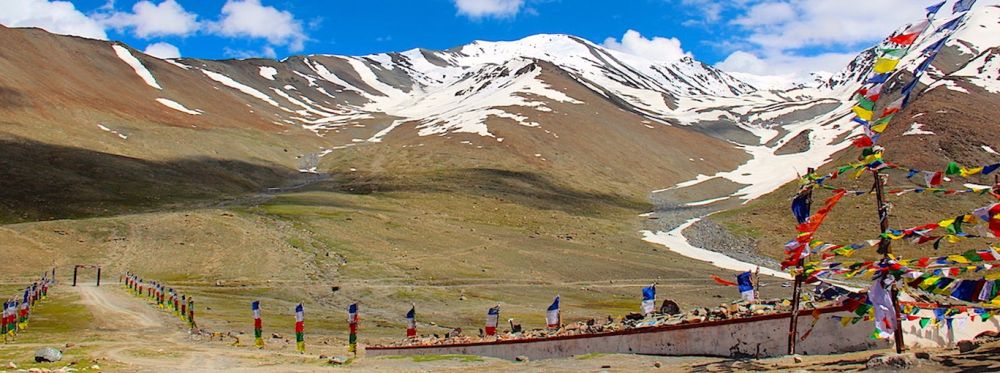

Nestled in the high altitudes of the Himalayas, the Kunzum Pass is a high mountain pass located in Lahaul Valley, Himachal Pradesh, India. Renowned for its captivating beauty and challenging terrain, Kunzum Pass serves as a gateway between Lahaul Valley and the Spiti Valley. At an elevation of approximately 4,590 meters, it offers breathtaking panoramic views that have been attracting adventurers and nature enthusiasts for many years.
Tourism in Kunzum Pass has been a relatively recent development, primarily because the region was a remote, inaccessible area for a long time. Historically, the rough terrains and harsh climatic conditions have made it a difficult place for extended human habitation. However, with improved infrastructure and a growing interest in offbeat destinations among travelers, Kunzum Pass has become an increasingly popular spot for tourism since the latter part of the 20th century.
The establishment of motorable roads in the 1970s began to bring in more visitors, though it remained the domain of the adventurous due to the need for sturdy vehicles and experienced drivers. Over time, this area has seen a steady increase in tourism, influenced by the breathtaking natural beauty, unique cultural heritage of the region, and the serene, untouched landscapes.
Tourists are drawn to Kunzum Pass for various reasons, including the chance to visit the famed Kunzum Devi Temple, located atop the pass, which holds significant religious importance for the locals. Trekking enthusiasts are attracted to this spot as the base point for the trek to the beautiful Chandratal Lake. Additionally, the pass is a favorite for photographers and nature lovers, who come to capture the pristine snow-laden vistas and wildflowers that bloom during the summer months.
Ecotourism is the latest trend influencing tourism at Kunzum Pass and the surrounding Lahaul Valley region. Efforts have been made to promote environmentally sustainable travel experiences that protect the natural habitat and cultural integrity of the area. Adventure tourism also continues to rise, with activities like camping, trekking, and mountain biking gaining popularity among those seeking an adrenaline rush.
Furthermore, the valley has started witnessing an increase in homestay options that allow visitors to experience local culture and lifestyle first-hand. This form of tourism helps in the economic development of the local community, ensuring benefits of tourism are more widely distributed.
With the increase in tourism, the region faces challenges such as ecological damage and the need for better waste management systems. Conscious steps are being taken to minimize environmental impact, including the implementation of strict rules to regulate the number of vehicles passing through and encouraging sustainable tourism practices among both locals and visitors.
In conclusion, the rise of tourism in Kunzum Pass and the Lahaul Valley has opened a world of opportunities and experiences for travelers and residents alike, while also presenting a set of challenges that need to be addressed to ensure the longevity and sustainability of this Himalayan paradise.